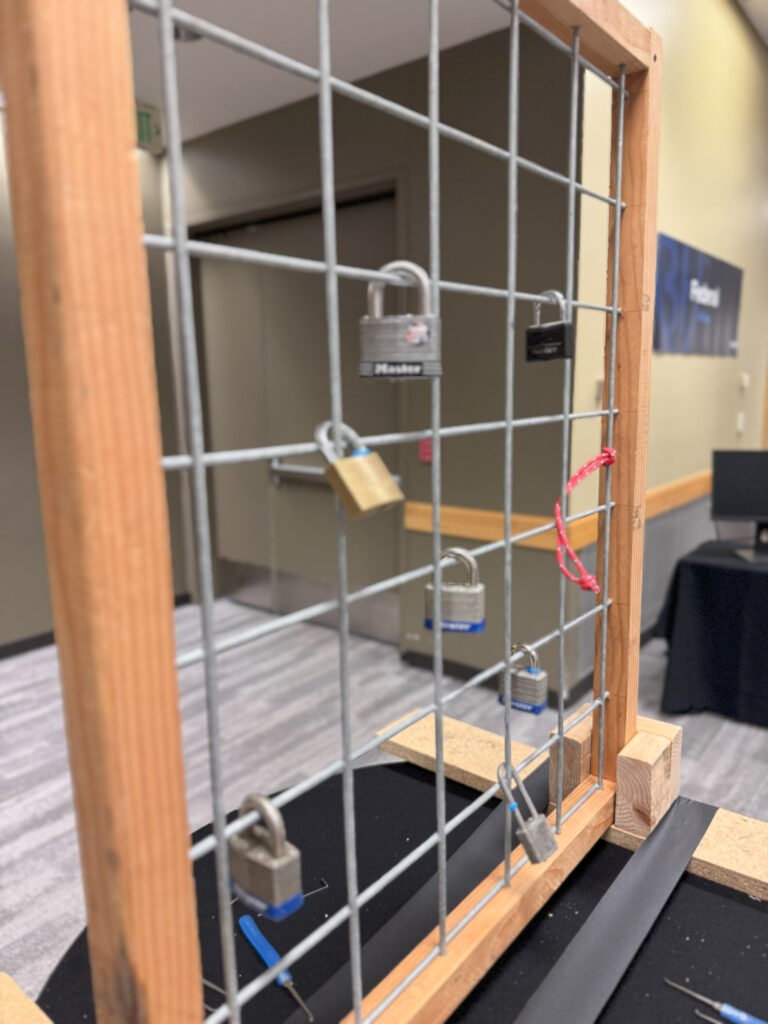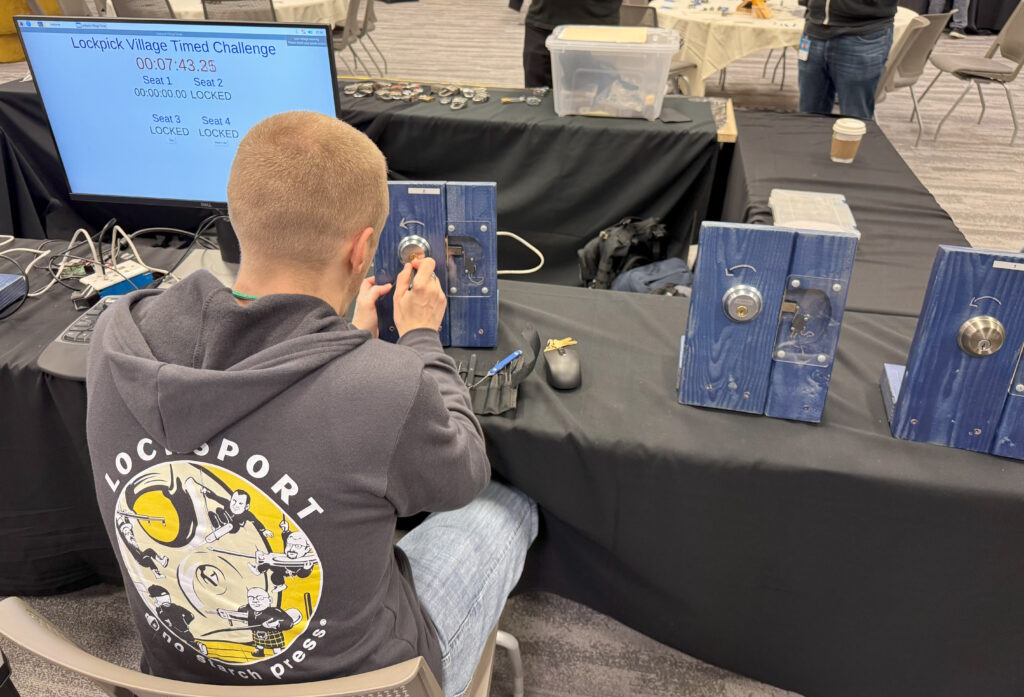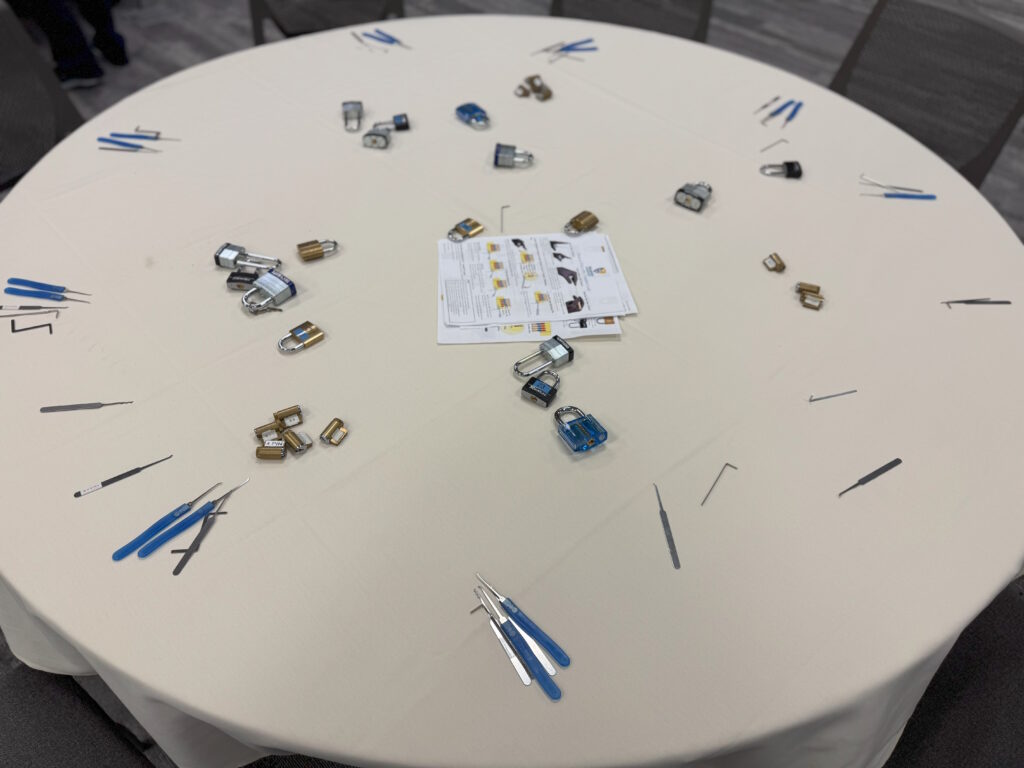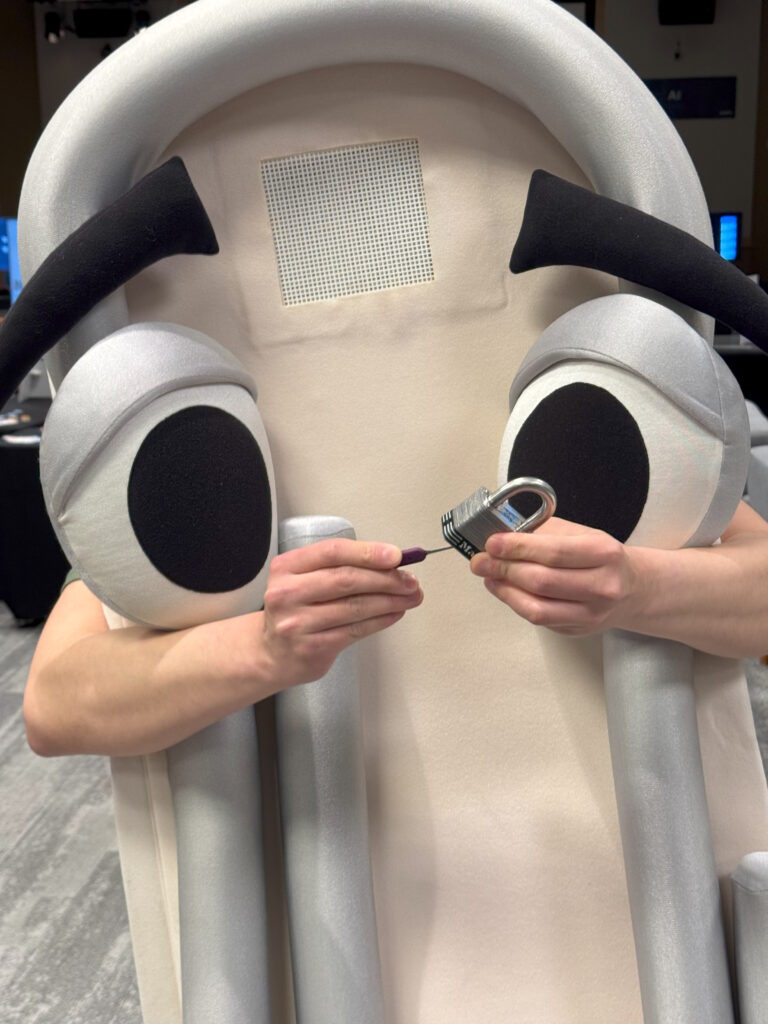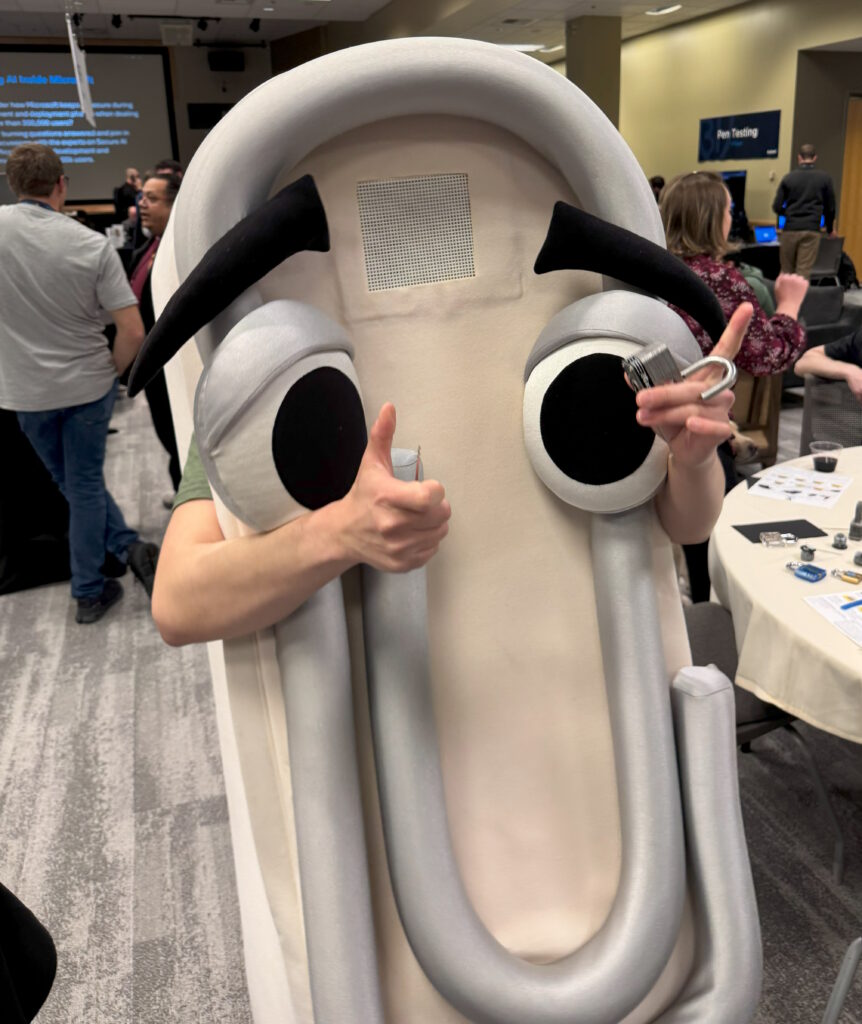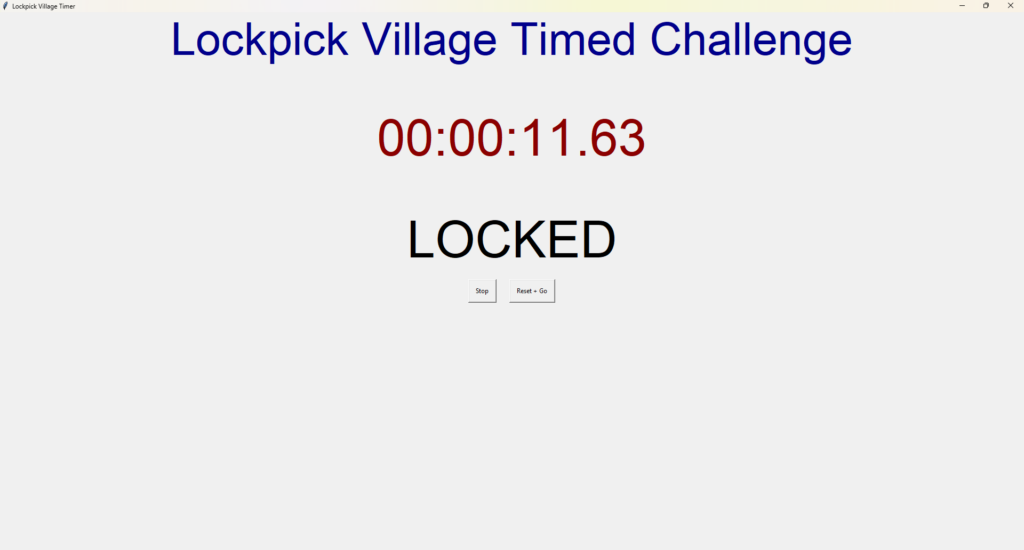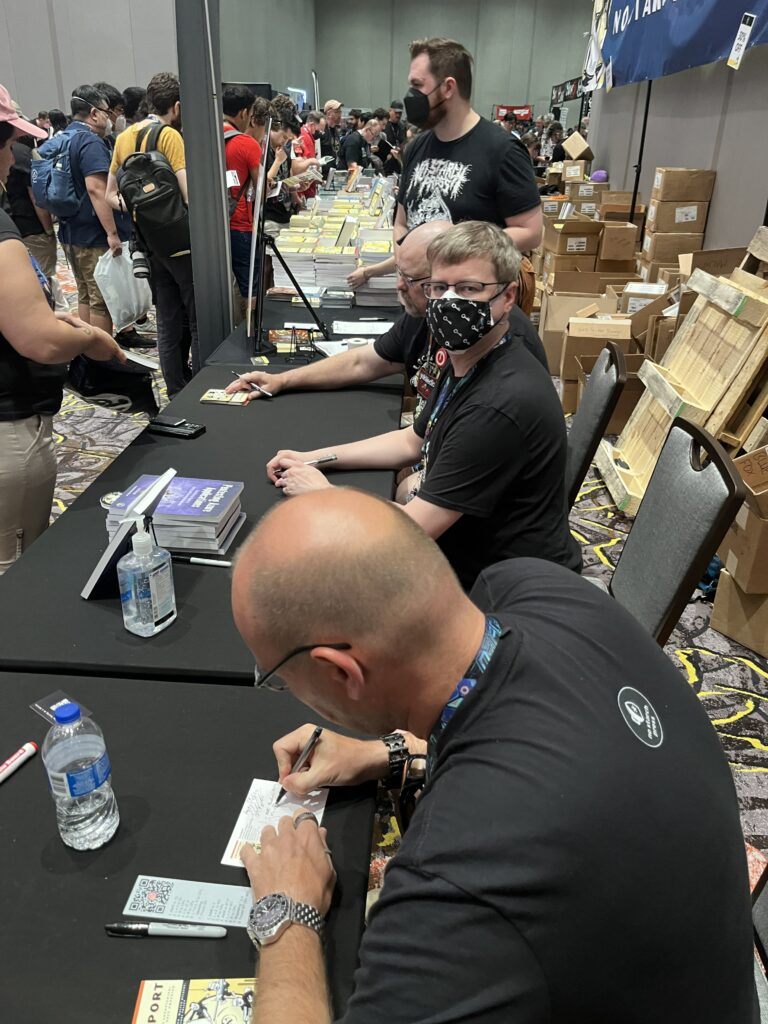My team is hiring! We’re looking for a Red Team Operator with a few years of experience in red teaming, pentesting, or a related security role. The candidate should be in or able to relocate to the Redmond, WA area, as my team occasionally performs physical operations. Please apply at the following link, or share with others who may be interested!
https://jobs.careers.microsoft.com/global/en/job/1805192/Security-Engineer-II


